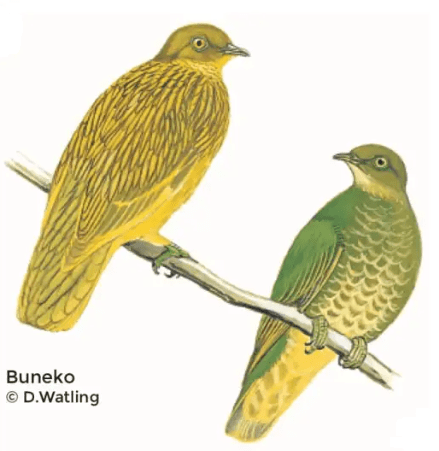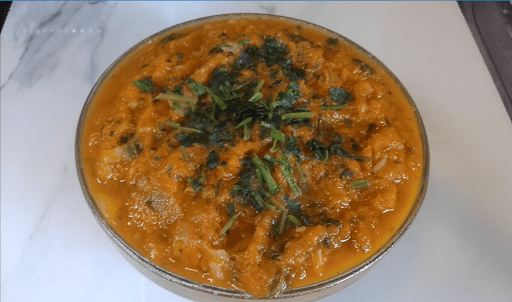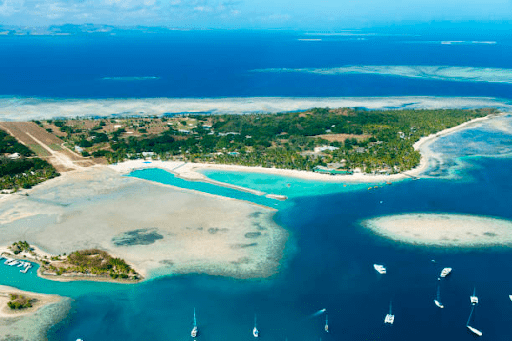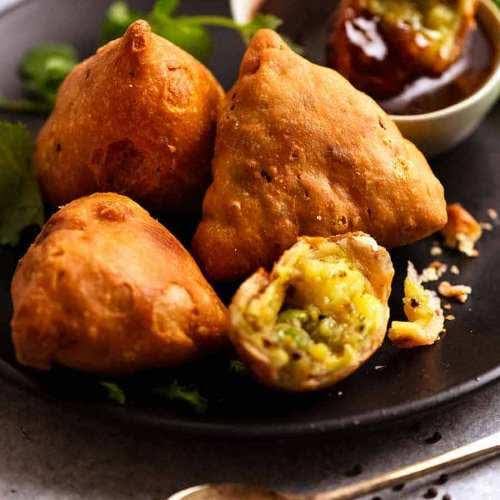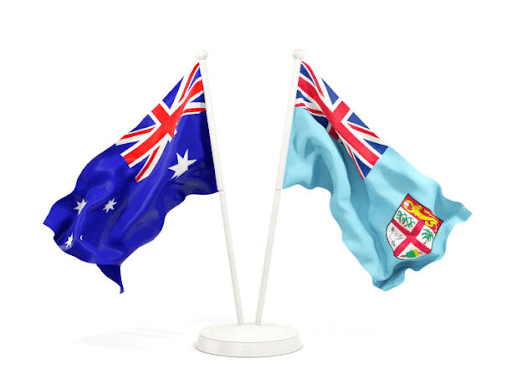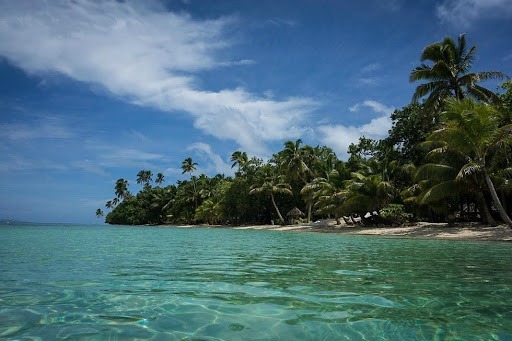10 birds endemic to Fiji
The remoteness of the Fiji Islands limits the presence of larger animals that are usually accommodated on larger continents. This however does not limit the survival of microfauna and flora on Fiji’s shores. The avifauna (bird life) of Fiji is unlike any other in the South Pacific, in fact it is quite rich. Bird (s) in Fijian are known by the term, manumanu vuka (flying animals). This article shares a list of 10 birds that are native to the islands. A list handy for your birdwatching trips.
Buneko [mBoo-ney-ko]
Photo Credit: Nature Fiji-Mareqeti Viti.
Locally known as a Buneko, Bunako or Bune, in English it is known as the Lemon Dove, this dove is found in the high canopy forests of Viti Levu, the bigger islands from Lomaiviti and the islands of Yasawa to the west of Viti Levu. You will only hear the bird’s sharp and shrill sound similar to a young pup’s bark bouncing through the forest but a sight is quite rare. The bird is richly coloured with bright yellowish green feathers. It is small with about 8 inches in height, hanging upside down when reaching for fruits.
Kacau ni Gau [kah-the-ooh-nee-nga-ooh]
There are several species of the bird confirmed to be in the South Pacific but the Fiji Petrel has only been confirmed to be on Gau island in Fiji’s Lomaiviti province. It is locally known as the Kacau ni Gau, which means Kacau of Gau. This is Fiji’s only seabird that is not migratory and pelagic when it is not in breeding. It is such a unique bird that its breeding ground and nests are even a rarity, only ever being discovered unintentionally by farmers. This is also one of the few birds that is immaculately displayed on one of Fiji’s dollar bills, specifically the $20 bill.
Kaka [kah-kah]
Photo Credit: Nature Fiji-Mareqeti Viti
Also known as Musk Parrots, this bird species is large, yellow-breasted with lighter green outer feathers. Its English name comes from the musky strong odour that it secretes, its Fijian name comes from the loud noisy sound it makes. Unlike a Pirates companion, the red and green colouring parrot may learn how to speak, the Musk Parrot however cannot acquire such verbal skills but it can be easily domesticated. It has a noisy call that can be heard throughout the forest and easily identified by locals. Their size is moderately larger than other birds, measuring up to 48 centimetres (cm) in length. This bird species has been in danger lately due to forest loss and agriculture expansion.
Ketedromo [Keh-the-ndro-moh]
Photo Credit: Nature Fiji-Mareqeti Viti.
Known commonly as the Fiji Whistler, its local name is derived from its rich yellow (dromo) feathering on its stomach (kete). It has a black hood and olive coloured outer feathers. This bird is an insectivore and is currently endangered due to its small size and deforestation. It is around 19-20 centimetres (cm) in size and can be found in most parts of Western Polynesia. Its nest is often covered with debris and at times, spider webs.
Kikau [key-ka-ooh]
Photo Credit: Nature Fiji-Mareqeti-Viti.
The Wattled Honeyeater is its English name and one of Fiji’s more common birds. Its Fijian name comes from the boisterous sound ‘ke-kow’ it makes in the early hours of the morning. The Kikau easily adapts to any habitat whether it is higher up inland in thick canopy forests or nearer to coasts along mangrove swamps and anywhere in-between. There are several of this honeyeater species coexisting in Fiji, its exact number is uncertain. The Kikau or Wattled honeyeater is unthreatened in its survival and is fairly small in size, reaching up to about 20 centimetres in length. It is found in Viti Levu and its nearby islands and even further south in Kadavu and the Yasayasa Moala group.
Kula [Koo-lah]
Photo Credit: Nature Fiji-Mareqeti-Viti.
Known in English as the Collared Lorry, this tiny 7.9inch bird is the national bird of Fiji. It has similar colouring of red and green feathers like a parrot, their only difference is its petite size. This bird is a common sight in home gardens, forest trees and in plantations, often feeding on fruits and sweet flower nectar. This bird is one of the more common endemic birds and can be found in the larger islands and the northern archipelago of Lau (Fiji’s eastern islands).
Manukalou [Mah-noo-kah-low-ooh]
Photo Credit: Nature Fiji-Mareqeti-Viti.
This bird sits on the rarity scale, its English name is the Long-legged Warbler. According to the NGO website, NatureFiji-MareqetiViti, this bird was thought to be extinct having been sighted in the 1800’s and its next sighting over a century later in 2003. It is widely distributed over Fiji’s two main islands, Viti Levu and Vanua Levu. It is also on the threatened species list, often in danger from introduced mammals such as the mongoose, cats and rats, deforestation is also a contributing factor.
Sisi [See-see]
Photo Credit: BirdLife International.
Also known as the Silktail, there are only two of this bird species in Fiji, one found in Taveuni and the other in Natewa (Cakaudrove province) which are respectively named after these two places as well. This 12 centimetre black coloured bird is one of the smallest birds in Fiji. Its diet consists of insects, worms and arthropods. It is also under the BirdLife Fiji project conservation program.
Sitibatitabua [See-tea-mba-tea-ta-mboo-ah]
Photo Credit: Nature Fiji-Mareqeti Viti.
An insectivore, this 11 centimetre bird is known in English as the Pink-billed Parrotfinch. With a more vibrant colouring, it has a large, heavy bill that can peck branches, wood and vine as it scales trees for insects. It is only widespread in Viti Levu but is often threatened by rats.
Teri [Teh-ree]
Fiji’s Purple Swamphen is also native to New Caledonia, New Zealand and Australia. Unfortunately, this bird cannot be found on any of the larger islands like Viti Levu and Vanua Levu due to the threat that mongooses (an introduced species) pose. The smaller islands with a high percentage of forest density such as Kadavu, Gau and Viwa.
The flourish of avifauna in Fiji can also be attributed to the absence of larger carnivorous animals.

